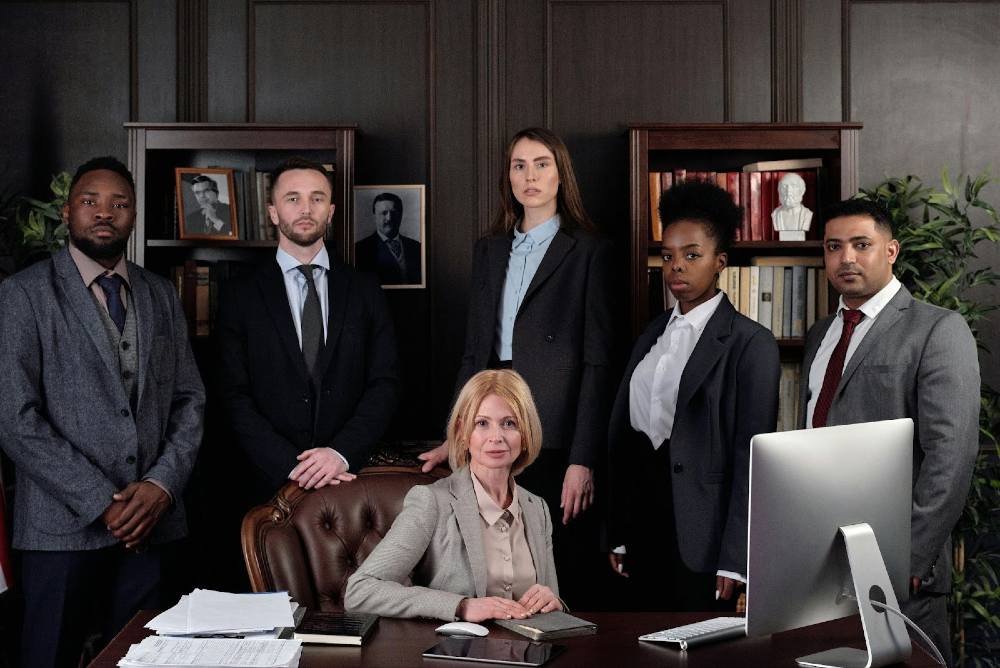Luxury SUVs have become a staple in the automotive world, combining the practicality of off-road capability with the comfort and sophistication expected from high-end vehicles. Over the decades, the luxury SUV market has evolved significantly, transforming from rugged, utilitarian vehicles to status symbols that offer both performance and style.
One of the most iconic models that helped shape this market is the Range Rover Classic, which played a pivotal role in defining what a luxury SUV could be. Let’s take a journey through the decades to explore how luxury SUVs have evolved.
The 1970s: The Birth of the Luxury SUV
The 1970s marked a turning point for the SUV market with the introduction of the Range Rover Classic in 1970. Prior to this, SUVs were primarily seen as utilitarian vehicles, designed for off-road use by farmers, military personnel, or outdoor enthusiasts.
The Range Rover changed that perception by blending rugged, off-road capability with a level of refinement never before seen in an SUV. It featured a comfortable interior, a powerful engine, and a design that exuded luxury while still maintaining the vehicle’s off-road prowess.
The Range Rover Classic set the stage for future luxury SUVs, establishing that an SUV could offer both performance and comfort. Its success opened the door for more manufacturers to enter the market with their own high-end models, making the 1970s a crucial decade in the evolution of the luxury SUV.
The 1980s: Expanding the Market
The 1980s saw a growing interest in luxury SUVs as more automakers began to realize the potential of this niche market. Vehicles like the Jeep Grand Wagoneer emerged, offering premium interiors and advanced features aimed at affluent buyers. The Range Rover continued to dominate, as its reputation for blending off-road capability with luxury features solidified its position as a market leader.
During this time, SUVs also became more appealing to families. As demand for vehicles with more space and versatility grew, manufacturers began to offer models that catered to the needs of both adventurous individuals and families looking for a vehicle that could handle various terrains while providing comfort.
The 1990s: The Rise of Sophistication
By the 1990s, the luxury SUV market had taken off. Brands such as Mercedes-Benz, BMW, and Lexus entered the scene, each offering their own interpretation of a luxury SUV. This decade saw the introduction of models like the Mercedes-Benz G-Class and the Lexus LX, which brought higher levels of sophistication, technology, and performance to the market.
The 1990s were also a decade of refinement for the Range Rover Classic. Its design was updated with more luxurious interiors, improved suspension systems, and advanced technology, keeping it competitive as newer models entered the market. The Range Rover remained a symbol of status and sophistication, while other manufacturers followed suit by incorporating cutting-edge features into their own luxury SUVs.
The 2000s: Technology and Performance
The 2000s brought a technological revolution to the luxury SUV market. As consumers demanded more than just off-road capability, automakers began integrating advanced technology into their vehicles. Features like navigation systems, advanced driver-assistance systems, and entertainment options became standard in many luxury SUVs.
This period also saw a significant shift in the performance capabilities of luxury SUVs. While off-road ability was still important, many models began to emphasize on-road performance as well. SUVs like the Porsche Cayenne and the BMW X5 offered sports car-like handling and acceleration, reshaping the perception of what an SUV could be.
Throughout these changes, the Range Rover continued to evolve, offering a balance of luxury, technology, and off-road performance. Its timeless design and reputation for excellence made it a benchmark in the luxury SUV market, even as new competitors emerged.
The 2010s: A Focus on Sustainability and Innovation
In the 2010s, sustainability became a key focus in the automotive industry, and the luxury SUV market was no exception. Manufacturers began incorporating hybrid and electric powertrains into their vehicles to reduce emissions and improve fuel efficiency. The Tesla Model X, for example, revolutionized the market by offering a fully electric luxury SUV that combined cutting-edge technology with eco-friendly performance.
At the same time, traditional luxury SUVs like the Range Rover continued to innovate by offering plug-in hybrid options and lightweight materials to improve efficiency without compromising performance or luxury. The focus on sustainability didn’t detract from the core appeal of luxury SUVs—comfort, technology, and performance remained paramount.
The Present and Beyond: The Future of Luxury SUVs
Today, luxury SUVs are more popular than ever, with manufacturers continuing to push the boundaries of design, technology, and performance. Electric and autonomous technologies are becoming central to the development of new models, as consumers look for vehicles that offer both sustainability and cutting-edge features.
As the market continues to evolve, the Range Rover Classic remains a symbol of the origins of the luxury SUV. Its legacy lives on in the modern Range Rover models, which continue to set the standard for what a luxury SUV should be—offering the perfect blend of rugged capability, refinement, and innovation.
Conclusion
The evolution of luxury SUVs over the decades has transformed these vehicles from utilitarian machines to sophisticated status symbols that offer the best of both worlds. From the groundbreaking debut of the Range Rover Classic to today’s high-tech, eco-friendly models, luxury SUVs have consistently raised the bar in terms of performance, comfort, and innovation.
As technology advances and consumer preferences shift, the luxury SUV market will undoubtedly continue to grow, with new models pushing the limits of what these vehicles can offer.




